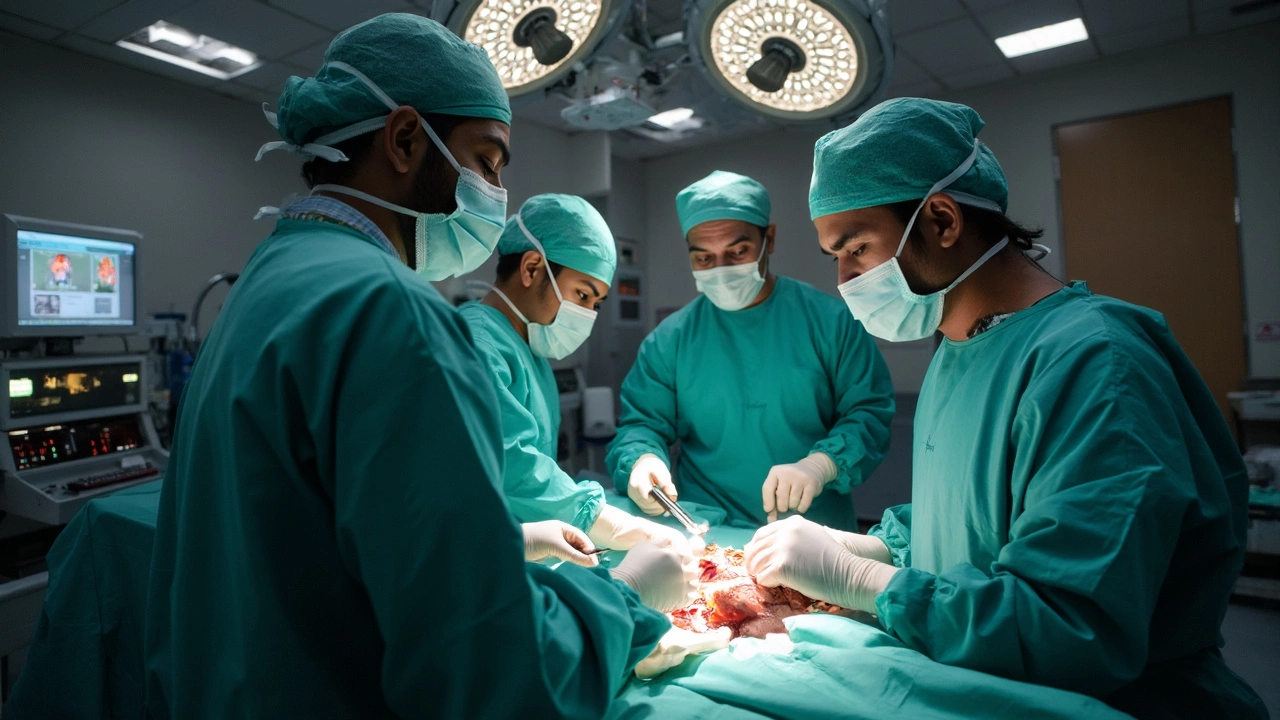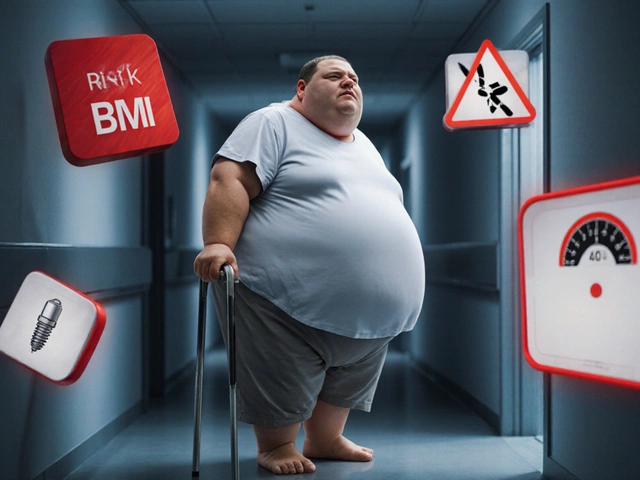Heart Transplant: Essential Facts and FAQs
If a doctor says you need a new heart, the idea can feel overwhelming. A heart transplant is not a miracle cure handed out to everyone – it’s a carefully planned surgery for people with end‑stage heart failure. In this guide you’ll get straight‑forward answers about who qualifies, what happens in the operating room, and how you can prepare for the road ahead.
When is a Heart Transplant Needed?
Doctors recommend a transplant when medications and other treatments no longer keep the heart working well enough for daily life. Typical signs include persistent shortness of breath, extreme fatigue, and swelling in the legs that won’t improve with standard care. Tests such as an echocardiogram or cardiac MRI help measure the heart’s pumping ability; a value below 25% of normal usually triggers a transplant discussion.
Age alone isn’t a deal‑breaker, but very young children and seniors over 70 may face extra hurdles. The main line‑item is overall health – you need to be strong enough to survive major surgery and handle the lifelong anti‑rejection medicines after the operation.
The Transplant Process and Recovery
Once you’re on the waiting list, a donor heart is matched by size, blood type, and tissue compatibility. In India, most donor hearts come from brain‑dead donors, and the whole process is coordinated by hospitals accredited by the Ministry of Health. When a match appears, you’ll be moved to an intensive‑care unit, pre‑op labs are taken, and the surgical team rehearses the steps.
During the operation, the surgeon removes the diseased heart and stitches the donor heart into place. The whole procedure takes about 4–6 hours, and you’ll be on a heart‑lung machine that keeps blood flowing while the new heart is attached.
Recovery starts in the ICU, where nurses monitor your heart rhythm, blood pressure, and organ function. Most patients spend 5‑7 days in intensive care before moving to a regular ward. Out of the hospital, the first few weeks involve daily medication to stop your immune system from attacking the new organ, plus regular check‑ups and blood tests.
Physical activity is a key part of healing. Light walking starts the day after surgery, and a cardiac rehab program adds strength training and breathing exercises over the next three months. Lifestyle changes – quitting smoking, eating a low‑salt diet, and controlling stress – help the transplanted heart stay healthy for years.
Psychological support matters too. Many patients feel anxious about the donor’s story or the long‑term medication schedule. Talking to a counselor or joining a transplant support group can make the adjustment smoother.
In short, a heart transplant saves lives when other options run out, but it demands careful preparation, a donor match, and a committed recovery plan. If you or a loved one are facing this decision, ask your cardiologist about the eligibility checklist, the waiting‑list process, and the support services your hospital offers. Armed with clear facts, you can move forward with confidence and focus on the healthier future ahead.






